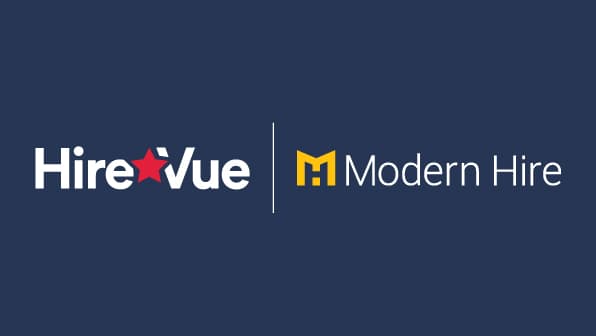Candidates: Are you interviewing and need support?



HireVue Acquires Modern Hire to champion hiring solutions
HireVue is an industry pioneer championing a fairer, science-backed hiring process to better connect talent to opportunity. HireVue’s acquisition of Modern Hire unlocks our ability to solve the world’s most pressing talent dilemmas. By combining forces, we’re enabling organizations with the most comprehensive and innovative platform for assessment, interviewing and end-to-end hiring automation. HireVue and Modern Hire have a shared commitment to science, innovation, and ethical AI, and with this acquisition, we will accelerate our mission to help organizations identify employee and candidate potential.


